Positioned in the Oppo Find X3 line between the flagship X3 Pro at the top and the X3 Lite at the bottom, the Oppo Find X3 Neo offers a midrange option with some high-quality features for several hundred dollars less than the X3 Pro. One key difference is that the X3 Neo runs on Qualcomm’s Snapdragon 865 chipset with 5G support instead of the faster Snapdragon 888.
The Find X3 Neo boasts a 6.55-inch, 90-Hz FHD+ AMOLED display. Let’s see how it fared in our rigorous Display testing protocol.
Key display specifications:
- AMOLED display
- Size: 6.55 inches. Dimensions: 159.9 x 72 x 7.99 mm (6.30 x 2.85 x 0.31 in)
- Weight: 184g
- Screen ratio: 89.6%
- Resolution: 1080 x 2400 pixels
- Aspect ratio: 20:9 ratio, ~402 ppi density
- Refresh rate: Maximum 90 Hz
About DXOMARK Display tests: For scoring and analysis in our smartphone and other display reviews, DXOMARK engineers perform a variety of objective and perceptual tests under controlled lab and real-life conditions. This article highlights the most important results of our testing. Note that we evaluate display attributes using only the device’s built-in display hardware and its still image (gallery) and video apps at their default settings. (For in-depth information about how we evaluate smartphone and other displays, check out our articles, “How DXOMARK tests display quality” and “A closer look at DXOMARK Display testing.”)
Test summary
Scoring
Sub-scores and attributes included in the calculations of the global score.
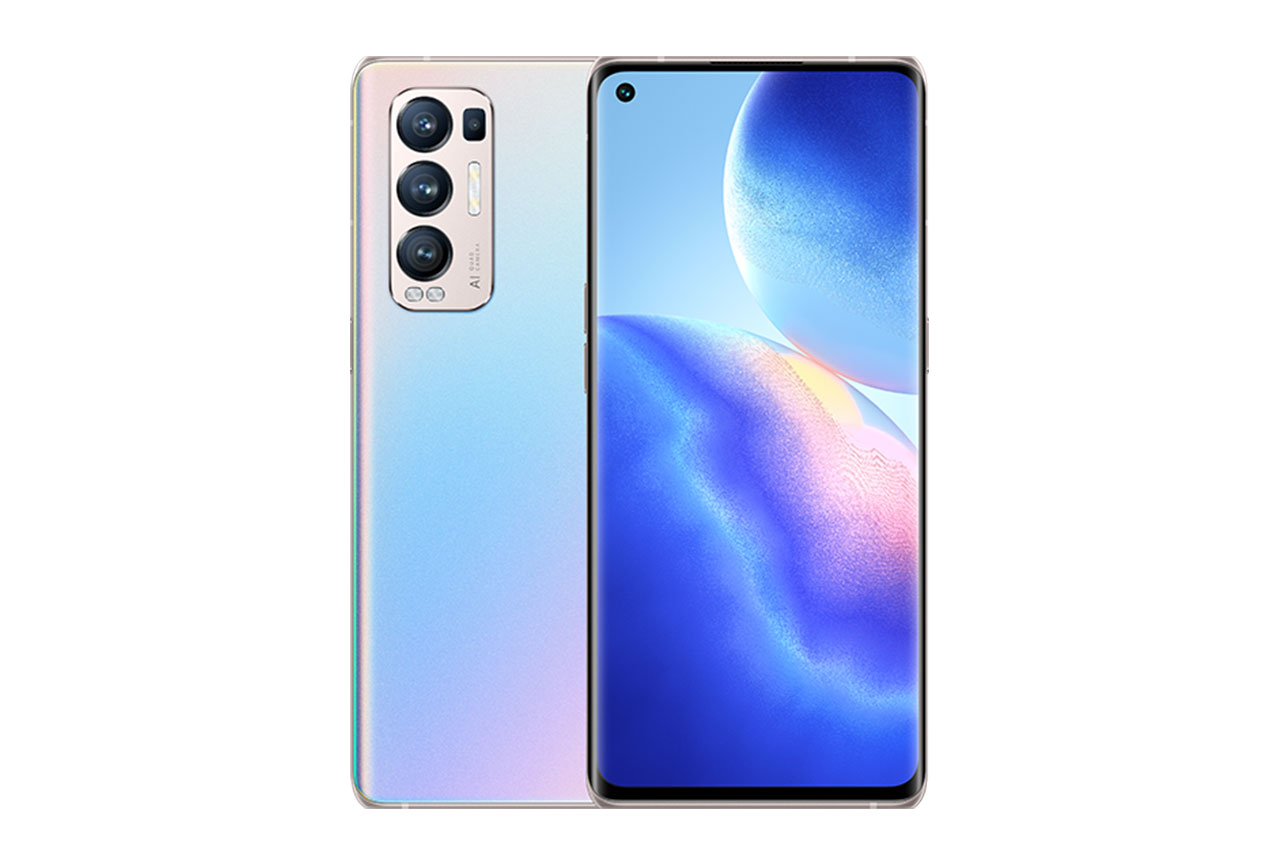 Oppo Find X3 Neo
Oppo Find X3 Neo


 136th
136th
 27th
27th
Pros
- Brightness is well adapted in most conditions, especially indoors and in low light.
- Colors are quite faithful in indoor and low-light conditions.
- The device feels smooth when browsing the web.
Cons
- Video contrast differs from the artistic intent of content and impedes viewing pleasure on HDR10 content.
- Colors, especially skin tones, are altered in bright outdoor conditions.
- When gaming, touchscreen corners and edges can be difficult to engage.
The Oppo Find X3 Neo’s overall score of 85 puts it just outside the top 20 in our database rankings, tying it with the Apple iPhone 12 and the Huawei P40 Pro. Among the devices we’ve tested in our premium price category, which includes the Apple iPhone 12, it holds up quite well. In this review, we compare the Oppo Find X3 Neo with the Oppo Reno 5 Pro+ 5G, the Samsung Galaxy S21 Ultra 5G (Exynos), and the Google Pixel 5.

Readability
Oppo Find X3 Neo
66
76
DXOMARK uses the device’s gallery app to show static (still image) content when measuring the device’s display for brightness, contrast, gamma, and blue light impact, etc.
Readability is the key measure of a smartphone display’s basic functionality. The Oppo Find X3 Neo scores respectably here among its premium category peers, though it’s 8 points removed from the top score of 74 achieved by the Samsung Galaxy S21 Ultra 5G (Exynos) among all tested devices
When it comes to readability when browsing the web during the day in a low-light environment, the X3 Neo is almost too bright. During the night, however, brightness is suitable, even if it is at the lower limits of acceptability.
The Find X3 Neo’s luminance is close to that of its brand sibling, the Oppo Reno Pro+ 5G, and it nearly matches the Google Pixel 5’s, but it doesn’t reach the heights of the Samsung Galaxy S21 Ultra 5G (Exynos), as you can see in the graph below:
The Oppo Find X3 Neo lacks brightness in bright outdoor conditions, but image adaptation to intense lighting does help improve readability. The device adapts its brightness fairly well in changing light conditions, but in shade, the image enhancement is somewhat unstable — one could say a little oversensitive to the ambient lighting.

In direct sunlight, as in the photo illustration below, the X3 Neo clearly tops the Google Pixel 5 in its readability, but doesn’t quite handle the difficult conditions as well as the Galaxy S21 Ultra 5G.

With the blue light filter on, the brightness of the X3 Neo is slightly lower, degrading readability.
As for brightness uniformity, the Oppo Find X3 Neo is quite homogenous.
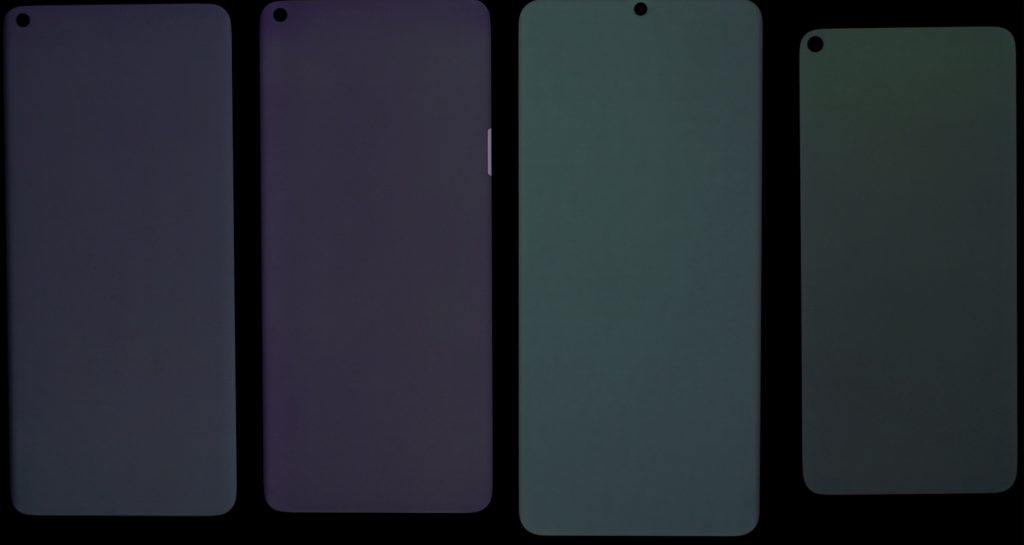

Color
Oppo Find X3 Neo
85
92
DXOMARK uses the device’s gallery app to show static (still image) content when measuring the device’s display for white point, gamut, uniformity, color fidelity, and blue light filter impact, etc.
The score of 85 in the color attribute is quite good, placing the Find X3 Neo in the top 10 among all the devices we’ve tested. It’s worth noting that the device does not change its white point in relation to types of ambient lighting.
In indoor lighting conditions, as in the photo illustration below, the colors of the Oppo device were a bit undersaturated.

In outdoor conditions, an orange cast is visible. Skin tones can be altered in an unnatural way by the image enhancement under bright sunlight.

As is typical of smartphone displays generally, the Oppo Find X3 Neo shifts color when viewed at an angle, as the scattering of dots below in the right-hand chart illustrates. The color shifts to pink first then to blue as the viewing angle increases.

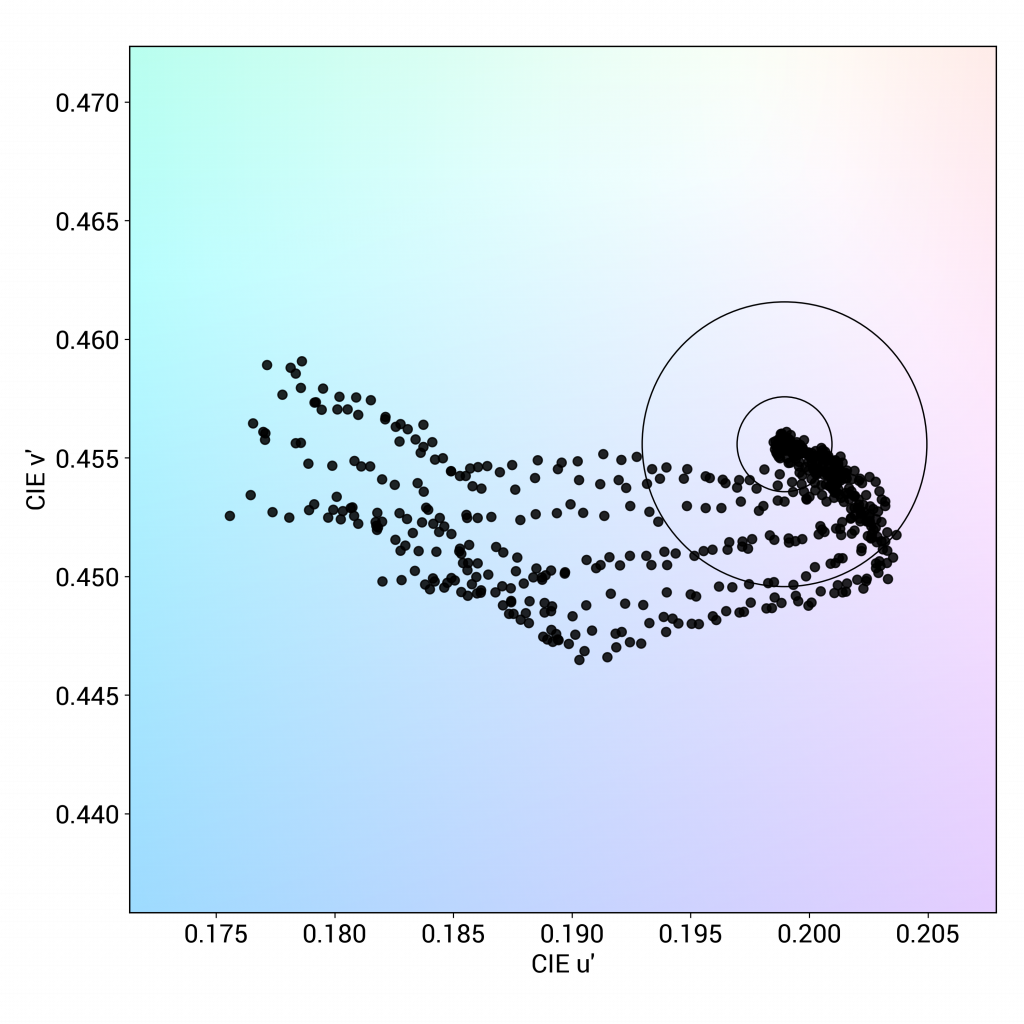
As for color uniformity of the display, the device is quite homogenous.
With the blue light filter activated, a noticeable shift to orange occurs.

Video
Oppo Find X3 Neo
61
91
DXOMARK uses the device’s video (or browser) app to show dynamic content when measuring the device’s display for brightness, contrast, gamma, and color.
The Oppo Find X3 Neo’s video score is fairly low, ranking it among other tested devices such as the Samsung Galaxy A52 5G at 63 and the Huawei P40 Pro, also at 61.
The X3 Neo was not bright enough when displaying HDR10 content, which is evident in the photo illustration below. Dark details disappear, and the HDR10 rendering does not function well for some colors. An orange cast is visible on skin tones. The X3 Neo’s contrast is too high on HDR10 content and leads to unnatural rendering of some contents.

Photo credit: DXOMARK; for illustration o

Motion
Oppo Find X3 Neo
83
87

Touch
Oppo Find X3 Neo
68
85
The Oppo Find X3 Neo performed well in the motion attribute, measuring up well against some more expensive models like the Apple iPhone 12 Pro, which had an 81. It showed a few stutters at both 30 and 60 fps. No frame drops were visible when playing games. As for motion blur, the device appeared sharp. When it came to video playback reactivity, the X3 Neo pauses before resuming play. Some jerkiness was evident on 60 fps content.
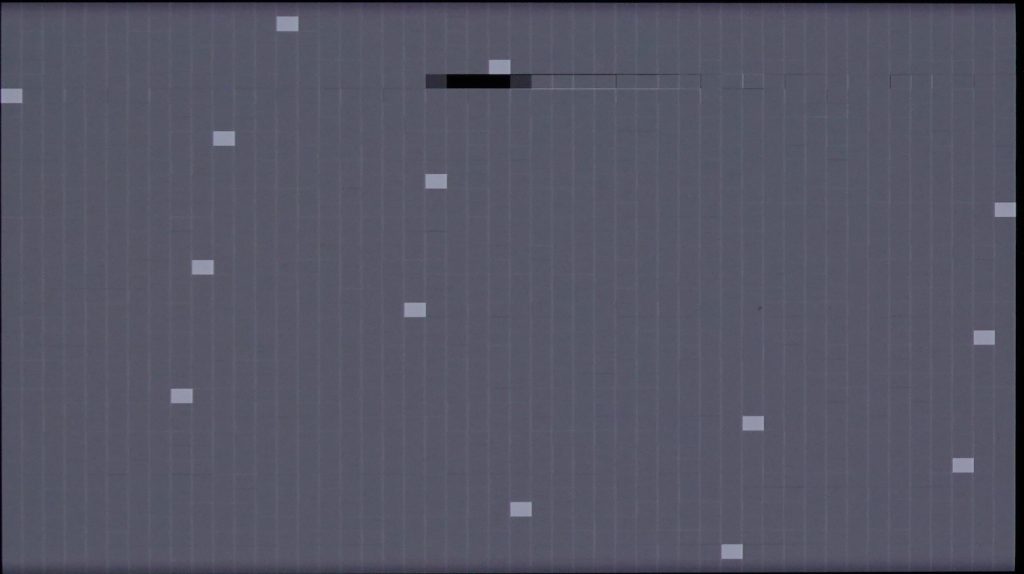
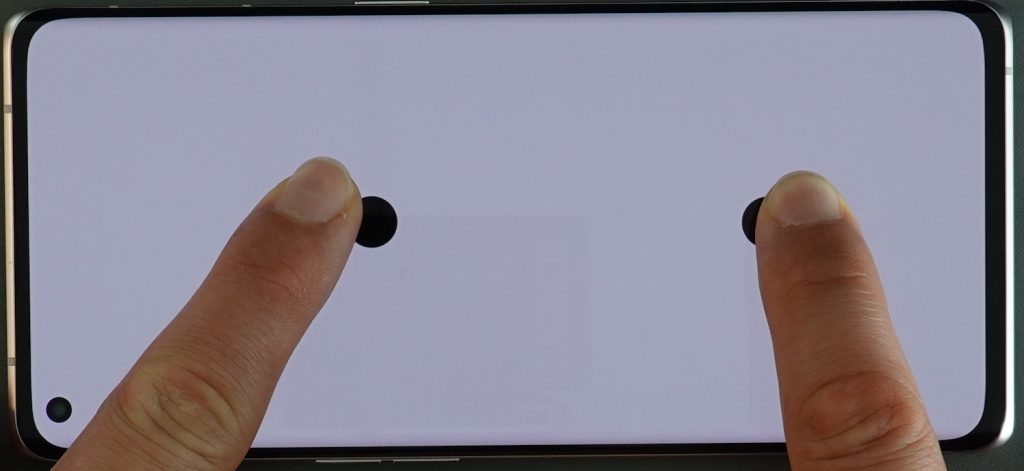
As for touch, despite having a capped zoom, the X3 Neo was fairly accurate and pleasant to use in the gallery app; the photo above right illustrates its zoom accuracy. When gaming, however, the corners of the display were not very reactive at all.
In terms of smoothness, the X3 Neo is quite smooth when browsing and in the gallery app, but it’s not smooth when gaming.

Artifacts
Oppo Find X3 Neo
82
86
The Oppo Find X3 Neo scored well in the artifacts attribute. The notch in the top left of the screen may hide some content. Flicker is well managed and no judder was visible at 30 or 60 fps, although some slight judder was visible at 24 fps.
The device was vulnerable to ghost touches. Long touches in the center of the screen were not well detected when the palm was in contact with the display edges, for example.
As for aliasing, it was visible when gaming, as you can see in the image and zoomed-in crop below:
Conclusion
The Oppo Find X3 Neo puts in a solid overall display performance in this midrange tier of smartphones. With particularly strong scores in artifacts, motion, and color, the device shows that the strengths of the X3 line aren’t limited to the top-shelf X3 Pro. With a bit more brightness and a better viewer experience when watching HDR10 content, the X3 Neo would really be punching above its weight.


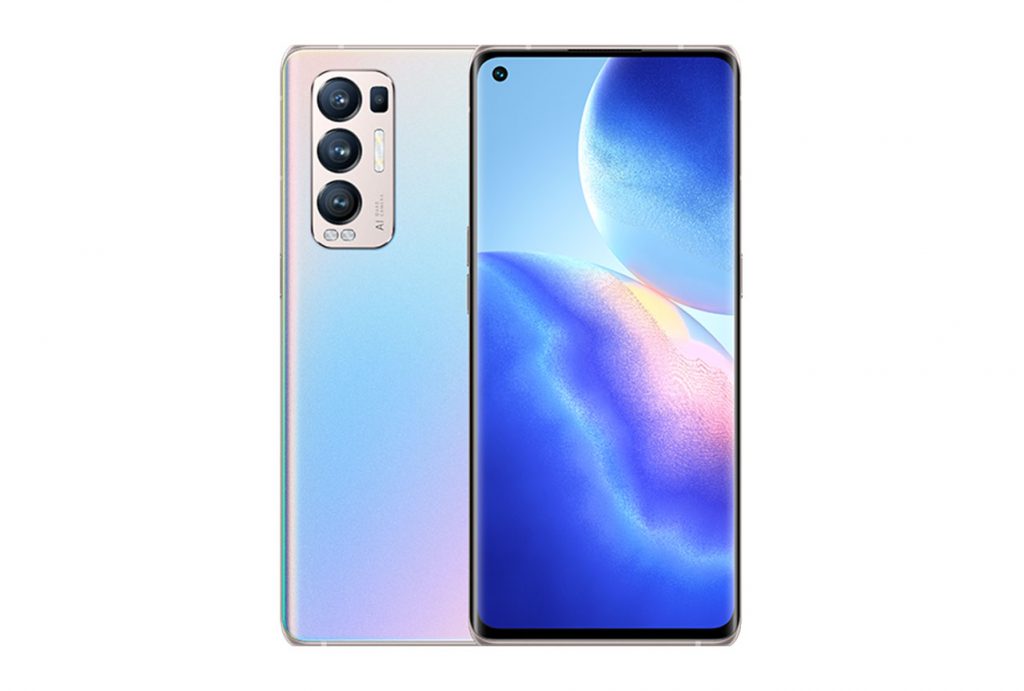
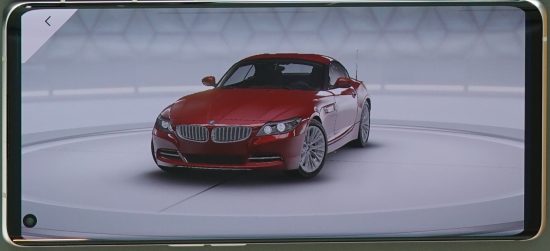
DXOMARK encourages its readers to share comments on the articles. To read or post comments, Disqus cookies are required. Change your Cookies Preferences and read more about our Comment Policy.